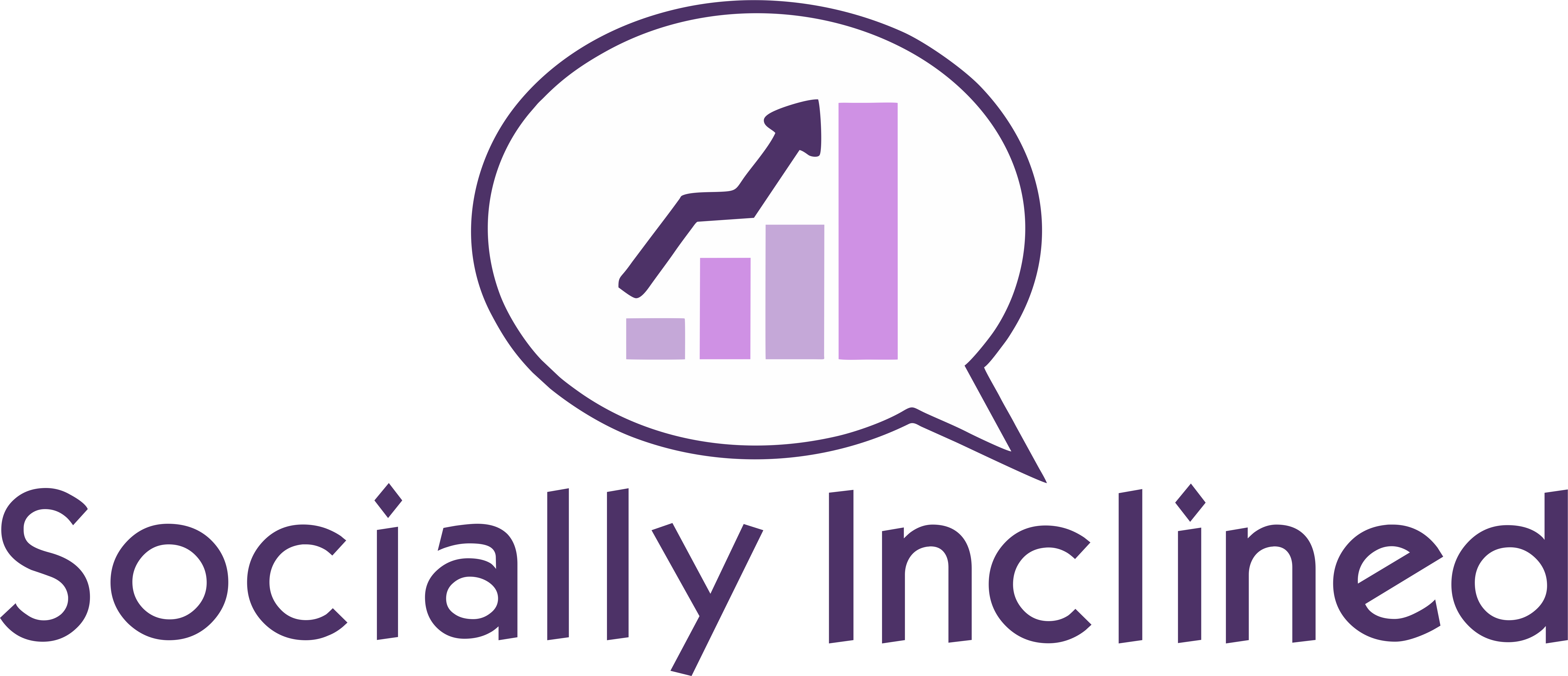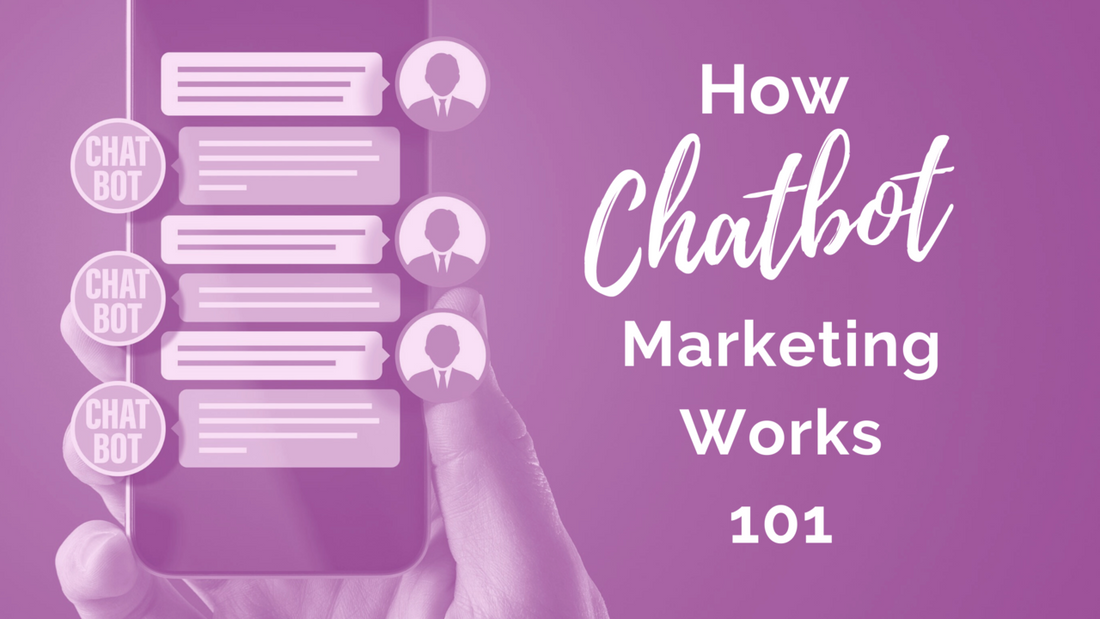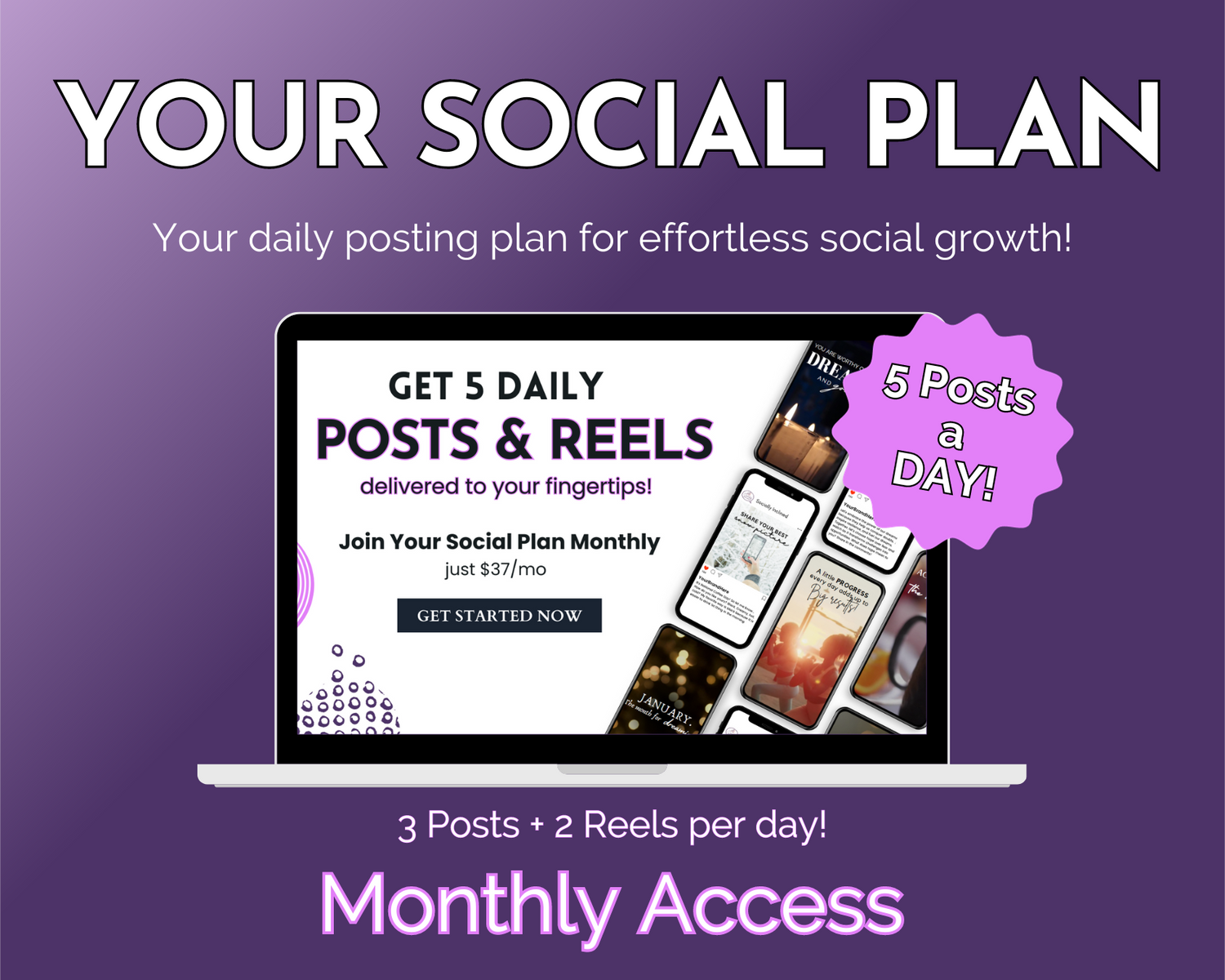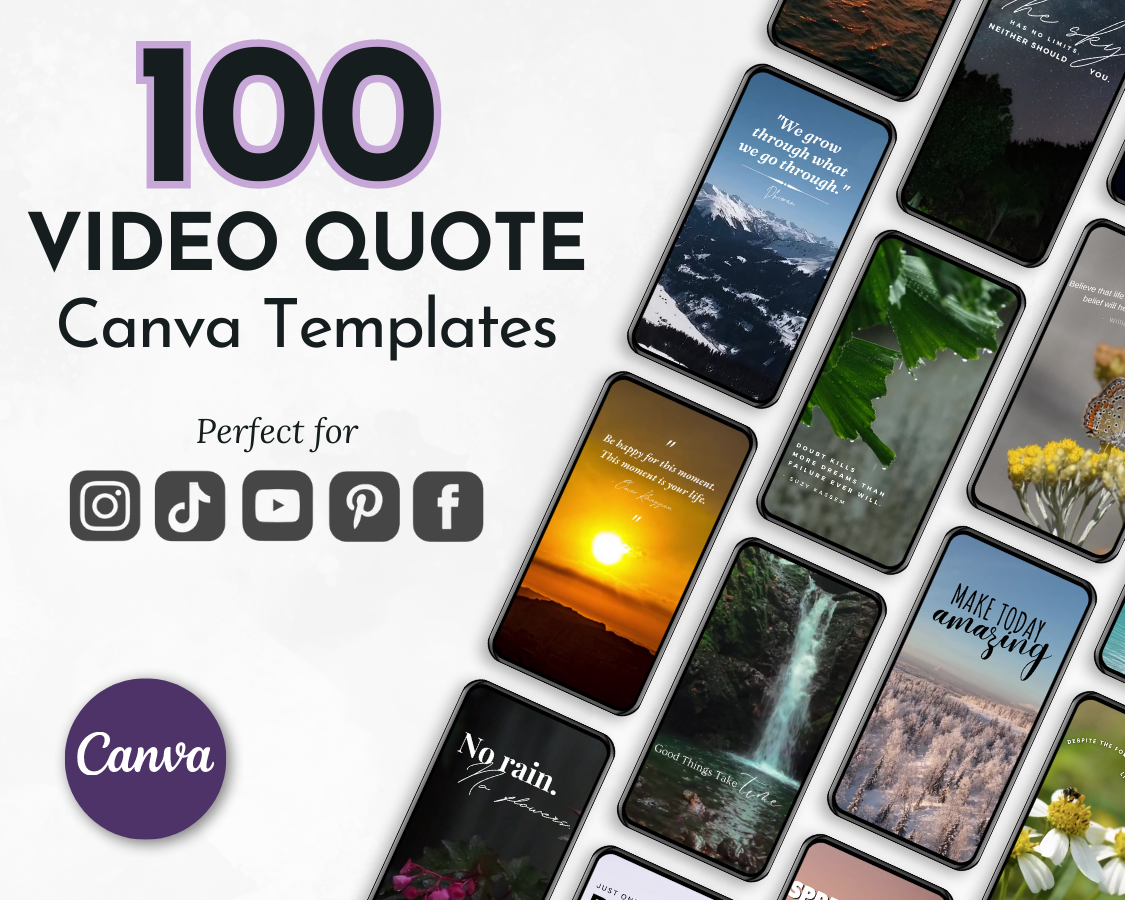It wasn’t that long ago that the idea of a chatbot would have seemed like the stuff of science fiction, right up there with Daleks or droids.
Not anymore.
In fact, chatbots are everywhere these days. They’re readily available, highly effective, and – believe it or not – not that expensive to create.
That said, a lot of small business owners aren’t on board with them yet because they don’t understand how they work to improve marketing and attract new business.
By the time you’re done reading this article, you won’t be able to use lack of knowledge as an excuse anymore. Get ready to learn everything you need to know about how chatbot marketing works.
What is a Chatbot?
Chatbot is short for chatterbot. A chatbot is a computer program and a form of Artificial Intelligence. It uses something called Natural Language Processing (NLP) to simulate human speech.
When programmed properly, a chatbot can interact with customers on your website, on social media, or via a messaging app such as Messenger, WhatsApp, Slack, or Kik.
If you’re like a lot of small business owners, you might hear ‘artificial intelligence’ and default to thinking that it’s going to be hugely expensive and time-consuming to incorporate AI or a chatbot into your marketing. As you’ll see, that’s not the case.
How Does Natural Language Processing Work?
I want to say more about NLP because it’s a big part of what makes chatbots work. I’m not a programmer or an AI expert, but here are some things you should know.
Natural Language Processing is what allows a user to type a question into a chatbot and get a relevant and useful response. In other words, it allows the chatbot to interpret the question correctly even if it is not worded in a way that’s standard or grammatically correct.
As human beings, we have built-in NLP. If someone talks to us and misuses a vocabulary word or uses an incorrect verb form, we can still understand them in most cases. That’s because our brains auto-correct the mistakes they made and tell us the intention behind their words.
NLP allows chatbots to understand conversational intent. It knows what a customer wants to ask even if the customer doesn’t word it in an expected way.
If you want an idea of how NLP works, pay attention the next time you use a virtual assistant such as Alexa, Siri, Cortana, or Google Voice. You’ve probably noticed that these assistants can grasp your meaning even if you misspeak or stumble over your words. That’s because they use NLP to get at the meaning behind your words.
Pretty cool, right?
What Are the Benefits of Chatbot Marketing?
Now that you have a basic understanding of how chatbots work, let’s talk about their applications in marketing. Chatbot use was already on the rise, but the COVID-19 pandemic has made their benefits more apparent than they were before.
Using chatbots in your marketing can help you:
- Provide around-the-clock customer support and service – chatbots are always ready to help
- Redirect customers to self-service options and make their experience more enjoyable
- Triage incoming customer service requests to flag the ones that need your attention
- Speed up your service and reduce waiting times for customers
- Move people through your sales funnel quickly
- Suggest products and services for potential customers to try
What I hope you can see from this list is that chatbots, when used properly, can speed up the process of turning a visitor to your website or social media page and turning them into a lead, and then into a paying customer.
By collecting information to qualify leads, they can allow you to focus your attention on the people who are most likely to buy from you. And, if you own a retail business where lead nurturing isn’t a big concern, they can direct customers to the products they’re most likely to buy.
In other words, chatbots provide in-the-moment interaction at an affordable price.
How Much Does It Cost to Build a Chatbot?
When I talk to small business owners about chatbot technology, their most common objection is the price. The perception of anything related to artificial intelligence is that it will be both expensive and complicated. Let’s get the cost part out of the way.
If all you want is a simple chatbot to handle basic customer interactions, you can use a chatbot builder and create one for very little money. Examples of builders include:
Some of these builders, such as Flow XO, offer free trials or even free versions. Opting for one of them will limit your programming choices, but it’s a good way to familiarize yourself with bots and get a first-hand look at how they can help your business.
Even if you opt for a paid subscription, you can build a simple chatbot for under $1,000. Of course, some businesses spend far more than that for custom chatbots, but you don’t need to do that to reap the benefits of chatbot marketing.
Isn’t Building a Chatbot Complicated?
The second main objection to chatbot marketing is that building a chatbot is complicated. As you’ve probably guessed, using one of the chatbot builders I’ve listed above takes the guesswork out of chatbot programming.
If you were to try to build a chatbot from scratch, there’s no question that you would need experience with both computer programming and AI. It’s not a job for amateurs. But using one of the builders, most of which use simple drag-and-drop technology, makes it as easy as starting a free blog or creating a meme.
Please don’t let fears about the technical aspects of chatbots keep you from using them. Those fears aren’t realistic – and you’ll be missing out on one of the best ways to market your business.
How to Use Chatbots in Marketing
Now that you have a framework for understanding chatbots, let’s dig into some of the ways that you can use chatbots in marketing. There are layers of technology, starting from basic and going all the way up to include advanced bots. Most small business owners will start with the basics.
Autoresponders
The first tier of chatbot strategy is so simple that you won’t even need to build a chatbot to use it. On Facebook Messenger, businesses have the option of setting up an autoresponder that will reply to messages instantly, letting customers know that you’ll reply to them as soon as you can.
While autoresponders won’t really shorten your lead time or help you convert customers, they can satisfy the need for an instant response, making potential leads feel that you’re paying attention and giving them reassurance that they’ll hear from you soon.
List Notifications
The next tier of sophistication involves building what amounts to a list and using a messaging app to send notifications to people who have messaged you in the past. Again, this is a feature you can use on Facebook Messenger without building an actual bot.
The benefit of sending notifications is that it’s a quick way to get the word out when you have a new product to launch or you’re running a promotion. The downside is that, for now, you’ll need a minimum of 1,000 people to use this feature on Facebook.
Sales Funnel Strategy
Earlier, I mentioned that chatbots can be used to shorten the time it takes people to move through your sales funnel. There are two different options to consider:
- A basic funnel strategy which amounts to a slightly-more-involved version of autoresponders. To use this strategy, you can send automated messages to recipients and ask them to respond to questions.
- A contextual funnel strategy which uses NLP to respond to questions and direct leads to products and resources.
You can decide which option to choose. Both can be worthwhile depending on your needs. For a business where lead nurturing can be minimal, the former is probably enough to get you started. If lead nurturing tends to take a long time, you may benefit more from a contextual strategy that allows for natural interaction throughout the nurturing process.
The AI-Powered Marketing Strategy
Now it’s time to go beyond the basics. A marketing strategy that’s powered by AI might include:
- Automated customer support
- Handling of repetitive tasks, such as order tracking or password resets
- Sales suggestions
- Redirection to self-service options
If you want to take it even further, then you can use a tool like DialogFlow, which is a cloud-based software owned by Google. It allows you to “train” your bots.
The concept of training might sound odd, but here’s what it means. A basic bot searches for keywords and provides a boilerplate response when it recognizes a keyword. For instance, if someone types “Reset password” into your chatbot, the bot knows to walk the person through the password reset process because it’s been programmed to recognize those keywords.
With the training option, chatbots can interpret language using NLP. Over time, the machine teaches itself using something called machine learning. It picks up clues from context and gradually learns how to interpret and understand the language even when it doesn’t match the keywords it’s been programmed to understand.
This type of marketing strategy allows bots to nurture leads in a way that feels natural and intentional. Instead of answering multiple-choice questions, the chatbot can ask and respond to questions in a conversational manner.
Omnichannel Chatbot Strategy
The top tier of chatbot marketing involves omnichannel marketing, where you integrate your marketing and chatbots across all platforms, ensuring that your customers will have a seamless experience wherever they engage with you and your company.
That might mean taking the people from your Messenger list and exporting them to a list that you use for email or a text notification list. Keep in mind that you’ll need to get permission to add people to those lists. You’ll also need to let them know if you’re collecting and saving data from their chats.
Within Facebook Messenger, you can ask people for information that you need to add them to other lists, including their mobile number or email address.
Other potential integrations include mobile pay options such as GooglePay or Apple Wallet. Today’s consumers are comfortable with mobile technology and may prefer to pay you with these tools. They offer encryption that protects users from identity theft.
Getting Started
If you’re convinced and you want to give chatbots a try, here are my suggestions.
- Try a free chatbot builder to get your feet wet.
- Start with simple, automated responses.
- Let your customers know that your chatbot is there for them to try.
- Solicit feedback about your chatbot.
- Refine your offerings as needed.
- Step up your chatbot to include NLP and machine learning.
- Integrate your chatbot across multiple platforms and channels.
The bottom line is that chatbots are here to stay. Eventually, you’re going to need to build one – and you might as well do it know when getting on board with the technology can give you a leg up on your competitors!
Love this post? Share it on Pinterest!












